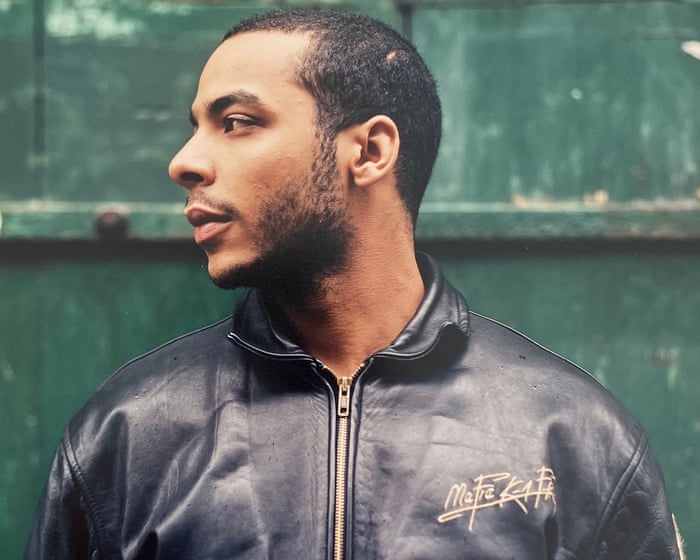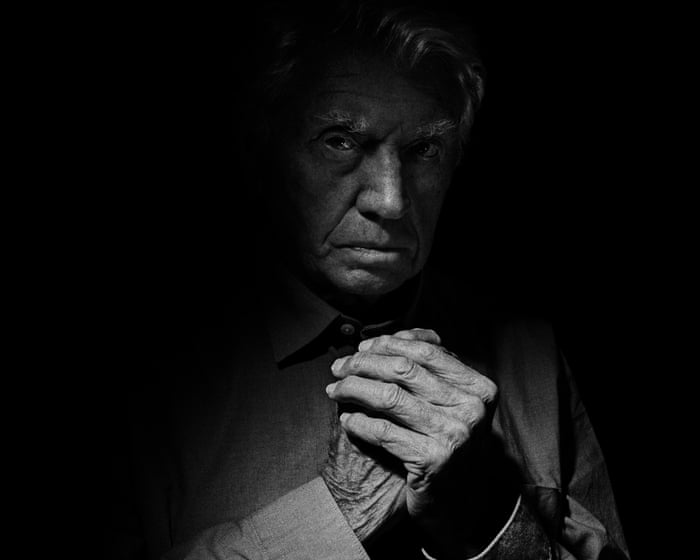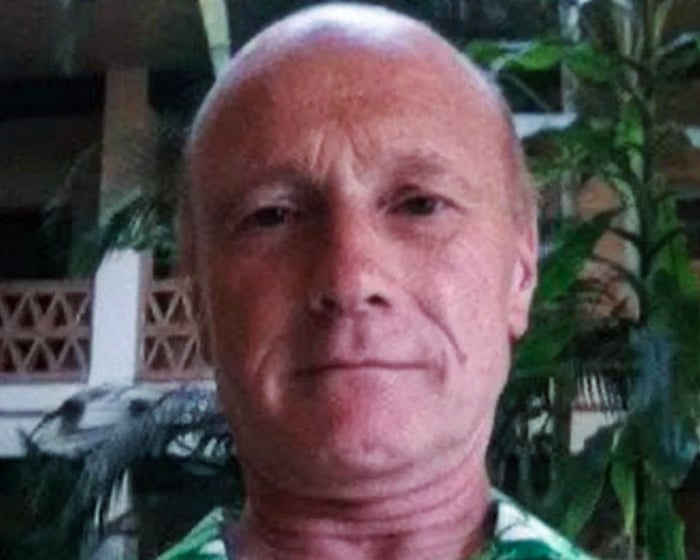DJ Mehdi had a gift for bringing worlds together. At the peak of his fame, as his cousin Myriam Essadi recalls in a new documentary, he flew straight from an Ibiza nightclub to his grandfather’s funeral in Tunisia. “He showed up wearing red glasses, white jeans, and a jacket with a cross. In Tunisia! For our grandfather’s funeral!” Essadi laughs. “We didn’t understand it. And in Tunisia, you don’t play around with religion.”
The six-part documentary DJ Mehdi: Made in France, now streaming with English subtitles on Arte, explores the life and untimely death of one of France’s most compelling yet misunderstood musicians of his generation.
While international audiences know Mehdi (who died in 2011 at 34) for his 2000s work with Parisian label Ed Banger—pioneering French dance music alongside acts like Justice (whose cross logo adorned his jacket) and SebastiAn—his legacy in France is more complex. It raises questions about the divide between hip-hop and electronic music, as well as deeper societal tensions.
Born in 1977 to a French-Tunisian family in Paris’s northwestern suburbs, Mehdi Favéris-Essadi first made his name producing for rap group Ideal J and hip-hop collective Mafia K-1 Fry. His breakthrough came with rap trio 113, whose 1999 album Les Princes de la Ville remains one of France’s most influential rap records.
By then, dance music had already entered Mehdi’s life through Cassius (Philippe Zdar and Boombass), whom he’d worked with on MC Solaar’s 1997 album Paradisiaque. Many French house producers, including Cassius and Pépé Bradock, had hip-hop roots—but none were as established in rap as Mehdi. His shift to electronic music wasn’t always welcomed. “You couldn’t just switch from rap to electro or vice versa,” Essadi explains in the film. “The other scene wouldn’t accept you.”
In the U.S., hip-hop and dance music initially shared close ties, both rooted in soul, funk, and similar production techniques—a connection Mehdi recognized when he first heard Daft Punk’s 1997 album Homework. “I thought, ‘That’s funny—we use the same machines, the same samplers. They live nearby, they’re my age—that could’ve been me,'” Mehdi says in an archival clip.
By the late ’90s, U.S. hip-hop had grown so dominant that many artists dismissed dance music as a passing trend. The opposite was true in the UK, where electronic music overshadowed homegrown rap. In France, rap was thriving, but the media often portrayed it negatively, while dance acts like Daft Punk, Étienne de Crécy, and Cassius were hailed as the next big thing. The divide between the two scenes—Parisian elite vs. working class, city vs. suburbs—was stark.
“In 1997, if 47 kids from Bobigny [a Paris suburb] tried to get into Queen [a Paris house music club], they couldn’t,” Boombass recalls in the documentary.
“To them, we were just weed-smoking guys—good for robbing banks or selling them drugs,” Essadi adds. “‘You’re from the suburbs.’ That meant everything to Parisians who went to clubs like Palace or Bains Douche for dance music.”
DJ Mehdi performing at Electric Zoo festival in New York, September 2010.When Mehdi attempted to bridge this gap—like with the Kraftwerk-sampling beat for 113’s Ouais Gros—the reaction was often negative. “When people heard it, they thought, ‘Who are these guys rapping hardcore over music like this? I don’t get it,’” 113’s AP recalls in the documentary.
“I remember people stopping me in the street, folks from the rap scene saying, ‘What’s Mehdi doing? Talk to him! What’s this new music, this crazy sound?’” Essadi adds.
Mehdi would later achieve massive success in electronic music after releasing Signatune in 2007. “Soon, Signatune was being played by top DJs worldwide, and promoters everywhere wanted to book DJ Mehdi for their events,” former Daft Punk manager Pedro Winter explains in Made in France.
The documentary’s final section highlights Mehdi’s international rise, showing him performing at major clubs and festivals with the Ed Banger crew, surrounded by adoring, energetic crowds. This stands in stark contrast to the earlier episodes, which explore his roots in hip-hop and the gritty Parisian suburbs, filled with scenes of poverty, crime, and bleak housing projects.
Mehdi died on September 13, 2011, at the peak of his fame, when the skylight of his Paris home collapsed as he celebrated British producer Riton’s birthday. “Four of them were sitting on this… glass roof,” Riton recounts in the film. “They stood up, and suddenly—the roof gave way. The next thing we knew, we were staring through this hole at a horrific scene.”
Tributes poured in from dance music icons like Skrillex and the Chemical Brothers’ Ed Simons. Yet, for many in France, his legacy ran deeper.
“Globally, Mehdi is best known as a pioneer of the Ed Banger sound that defined an era,” Canadian DJ A-Trak says in the documentary’s closing moments. “But he also left a huge mark as the king of French hip-hop production—someone who brought together unlikely musical worlds.”
“He helped us evolve our sound over time,” 113’s Mokobé adds. “Because of him, there are no limits, no boundaries for us… That’s what his music stood for—no bars, no barriers, no borders.”
DJ Mehdi: Made in France is available to watch on Arte starting August 1.




